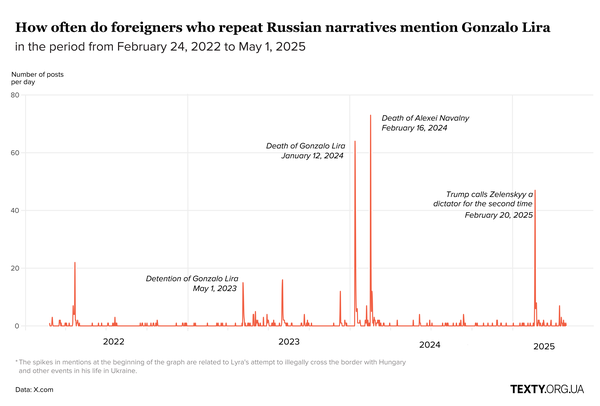More than three years under fire. Where and when does Kyiv receive the most strikes?

Today, Kyiv is under constant shelling, despite the "peace talks" and Trump's attempts to appease Putin. Based on information from open sources, Texty.org.ua decided to analyze the locations and times of strikes in Kyiv since the start of the war. Not all hits are reflected in our graph, only those that have been officially reported. Nevertheless, the data allows us to see certain patterns.Читати українською



